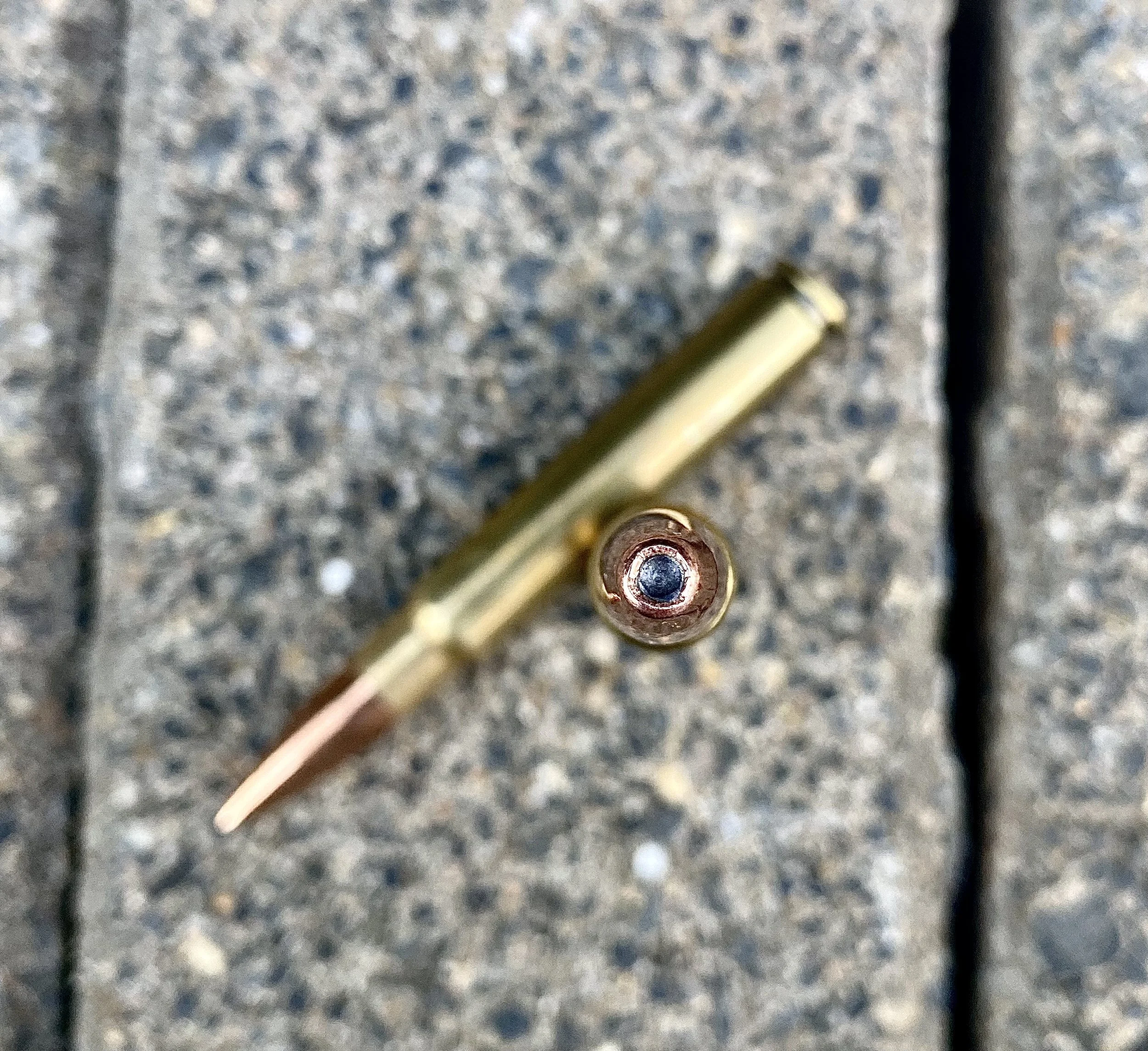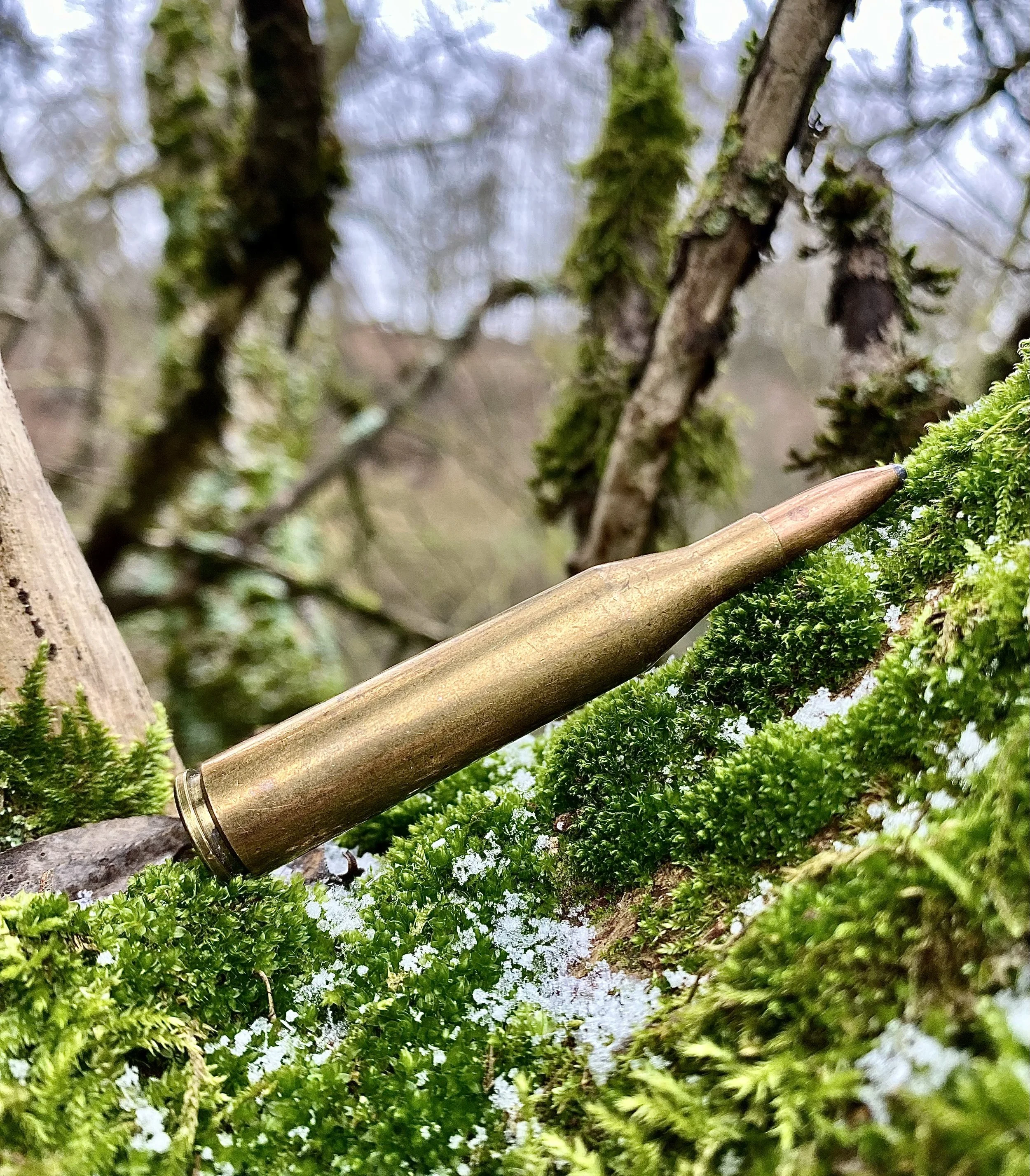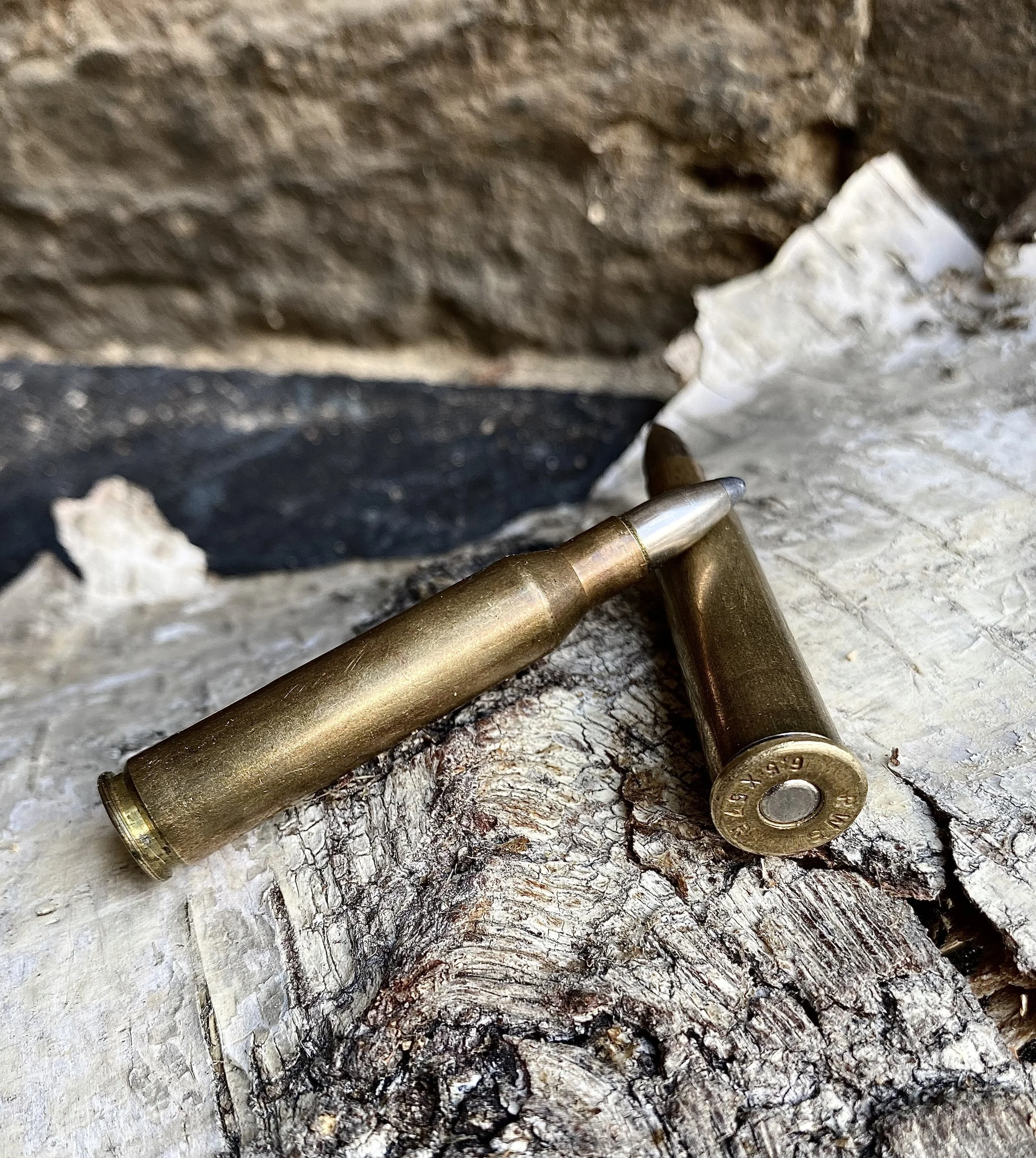This Hunting Story Is No Croc
croc2
This story first appeared on Sporting Classics Daily website at: http://sportingclassicsdaily.com/issue/october-15-2013/article/the-crocs-no-crock Join SCD and get regular news, blogs and detailed articles on our hunting heritage and the outdoor lifestyles we love. Crocodiles have always been the low man-eater on the African safari pole. Massive, deadly, but something short of exciting. Floating languidly with only snouts showing. Basking in lethargy on sandbanks. Ho hum. The cold-blooded reality of a croc stands at odds with its deceptive appearance. These leviathans can live to 100 years, grow to 20 feet and weigh 1,650 pounds. They are ambush predators that kill by lunging, grabbing a victim and biting down on it with a force of 5,000 pound per square foot. They swim as fast as 22 miles per hour under water, run nearly 9 miles per hour on land, spring nearly the length of their bodies off the ground, attack as many as 750 people a year (probably under-reported) and kill about 200. I didn't want to be one of them. "You might not want to lollygag too long at the edge of the river," PH Dries Bronner warned. In an instant I realized what he meant. This was Africa. This was the Chobe River. This was Nile crocodile hunting territory. We saw snouts as we slowly boated the river. As the days warmed, we spotted the reptiles sunning on the banks and beaches. But we never found the dragon monsters you see on videos, the giants that attack wildebeests in the Masai Mara river of Tanganyika. "Too many villagers and tourists around here," Dries conjectured, waving toward two anglers casting for tigerfish from a guide's small boat. "They don't like to keep giant crocs in the neighborhood." The locals fear for more than their lives. They fear for their livelihoods, for the hundreds of cattle they herd in the drying floodplains of the Chobe and Zambezi Rivers here at the eastern tip of Namibia's Caprivi Strip. A ten-foot croc isn't much of a threat to a full-grown cow, but larger ones can be. Safari hunters pay handsomely for the chance to keep the 10-footers from enlarging to become cattle-killers. "A ten-footer can still take out a full grown man or woman," Dries explained. "Even a smaller one is nothing to fool with." After several days of hunting the banks, river and backwaters, we floated round a bend to catch a good croc sunning atop crushed reeds on a riverbank. The boat glided to a stop against a sand bar. I was surprised to find the scope reticle rock steady on the cros's neck, a bigger target than the golf-ball sized brain. "Take him if you feel good about the shot," Dries whispered. I did, so I did, and the reptile did just what we wanted -- nothing. It did not leap into the water. It did not thrash and fall into the current where it would have sunk. The 300-grain Trophy Bonded bear claw sent 80-yards downrange by my 375 H&H Kimber Caprivi rifle had broken its neck. The perfect conclusion to a crocodile hunt. I pose, whole and unbloodied, with the croc, the wonderfully accurate Kimber rifle, the Chobe River sand and good friend Dwight van Brunt.Would you want giant crocs haunting your kids' fishing holes?The gear used to hunt the croc. Kimber Caprivi M8400 in 375 H&H Magnum; Weaver 8x32mm Grand Slam binocular; Weaver 2-8x36mm Grand Slam scope; Federal Premium Safari ammunition with 300-grain Trophy Bonded Bear Claw bullets. www.jamyhunt.comwww.kimberamerica.com/rifleswww.federalpremium.comwww.weaver-mounts.com/ Sporting Classics regular, old-fashioned paper version hearkens back to the classic period of North American hunting magazines with stories and pictures about the outdoor life we all cherish. Heirloom guns, rods, game calls and knives. Hunting dogs and wooden skiffs. Classic tales and classic art. And connections to the best hunting adventures still to be found on planet Earth.

















